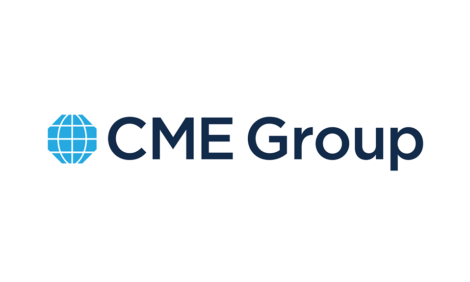



Global pork trade should pick up in 2022 - Rabobank
Easing of feed costs, rising demand improves prospectsGlobal pork trade should pick up in the second half of 2022, Rabobank said in its most recent Global Pork Quarterly newsletter. A slight easing of feed costs and resilient consumer demand are improving market prospects. Still, challenges to growth remain as African swine fever continues to spread and inflation impacts trade policies.
Feed and energy costs are offering a break, but not quite relief, said the report. Feed input prices have softened in some markets but are expected to stay relatively strong for the rest of 2022. This will lessen the pressure on producers to some extent. However, price volatility in grains and oilseeds will bring extra management risks and challenges.
Consumer demand remains mixed, according to Rabobank's report. Demand remains strong in North America and is improving in the EU, a reflection of seasonal movement more than a structural change. Japan, South Korea, and some other Asian countries, however, expect weaker demand in 2H due to rising inflation concerns, the slowing economy, and ongoing Covid risks. China’s pork market is still subject to uncertainty around Covid policy measures, which led to a marked decline in foodservice in 1H, but is looking more positive for 2H. In Brazil, producers and processors are finding it difficult to pass on all the additional costs to consumers.
Global pork trade in 2H 2022 is expected to pick up from the low level in 1H, mainly due to the expected rise in import demand from China. Pork prices in China have increased greatly in the past month and are expected to stay high in 2H, which supports imports. Other traditional importing countries, such as Japan, also expect imports to remain firm.







